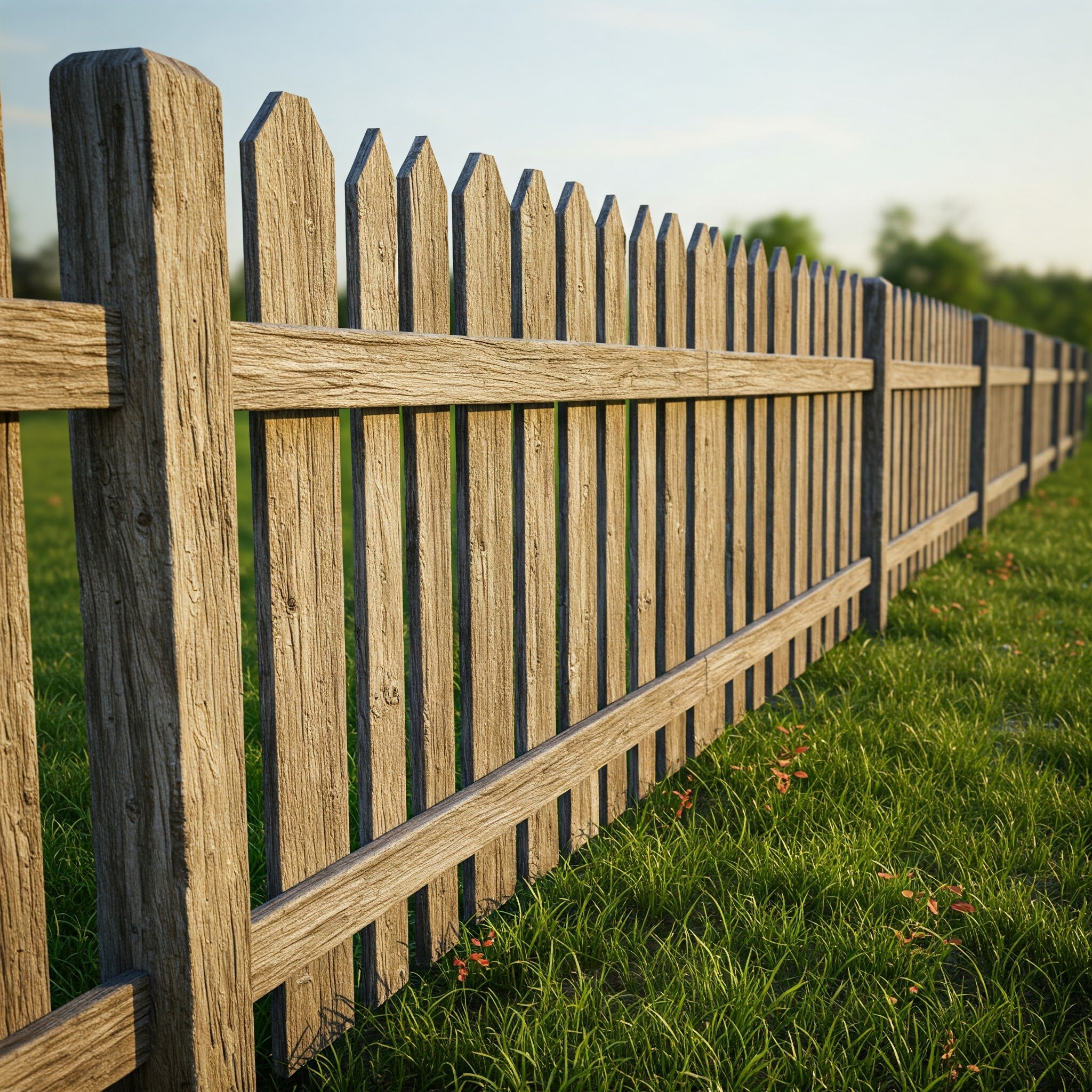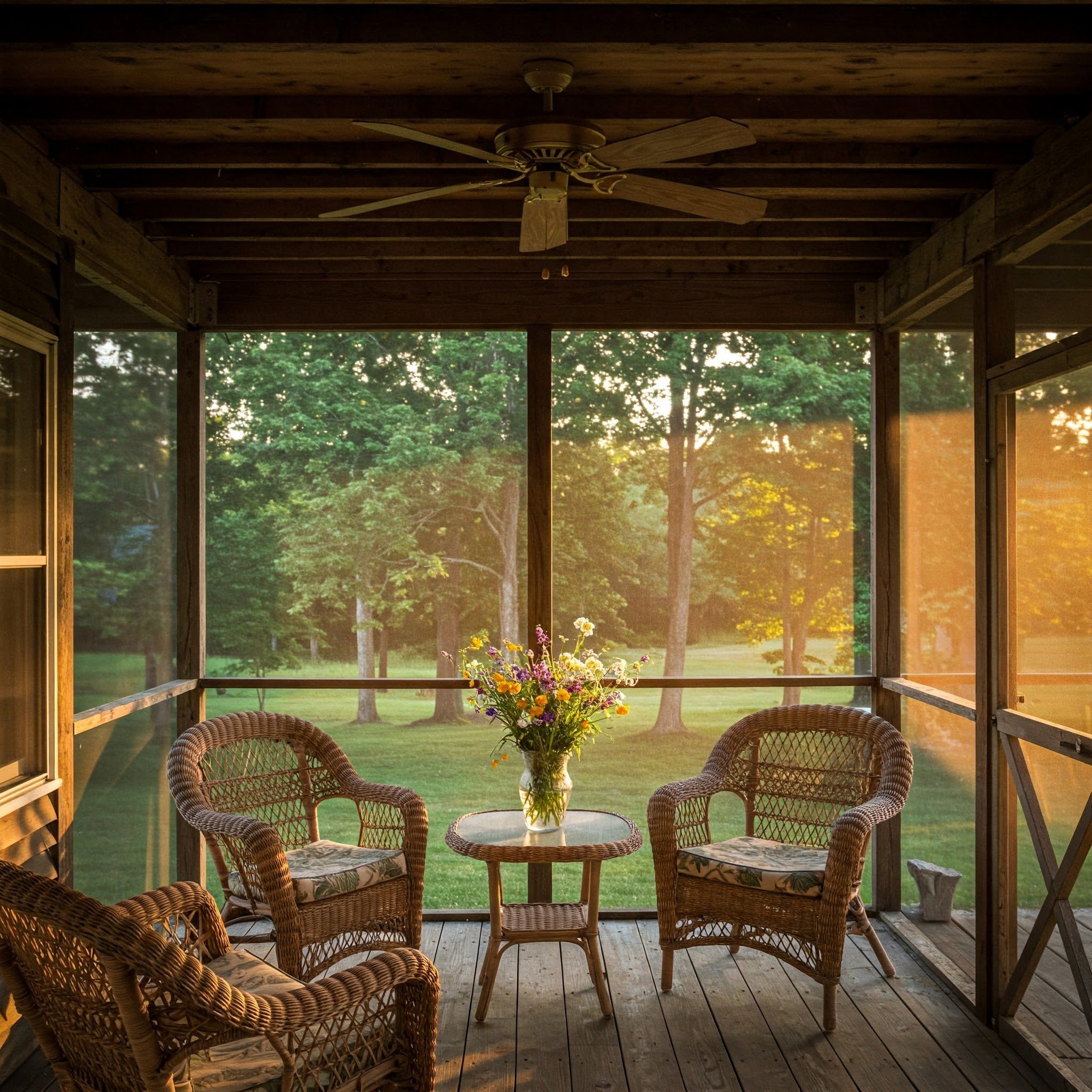How Much Does Exterior House Painting Cost?
Curious about the expenses involved in giving your home a fresh coat of paint? Dive into our detailed guide on How Much Does Exterior House Painting Cost? and discover all you need to know to budget effectively and achieve stunning results.
Thinking about sprucing up your home’s exterior with a fresh coat of paint? You’re not alone! A well-painted exterior not only boosts curb appeal but also protects your home from the elements. But before you roll up your sleeves or call in the pros, you might be wondering: How much does exterior house painting cost? Whether you're planning a DIY project or hiring professionals, understanding the costs involved is crucial to avoid any financial surprises. In this comprehensive guide, we’ll break down everything you need to know about exterior house painting costs, helping you make informed decisions and achieve the best bang for your buck.
Understanding Exterior House Painting
Why Paint Your House Exterior?
A fresh paint job can transform the look of your home, making it stand out in the neighborhood. But beyond aesthetics, exterior painting serves several practical purposes:
Protection: Paint acts as a barrier against harsh weather, moisture, and pests.
Value Addition: A well-maintained exterior can significantly increase your property’s market value.
Longevity: Regular painting extends the lifespan of your home’s materials, saving you money in the long run.
Benefits of a Fresh Paint Job
Enhanced Curb Appeal: First impressions matter, and a vibrant exterior can make your home more inviting.
Increased Property Value: Potential buyers are often willing to pay more for a home that looks well-maintained.
Protection from the Elements: Quality paint protects your home from rain, wind, and sun damage, preventing costly repairs.
Personal Expression: Choose colors that reflect your style and personality, making your home uniquely yours.
How Much Does Exterior House Painting Cost?
When it comes to How Much Does Exterior House Painting Cost?, several factors come into play. Let’s break down the average costs and the elements that influence the total price.
Average Cost Overview
On average, painting the exterior of a house can cost anywhere from $1,800 to $4,500. However, prices can vary widely based on the size of your home, the type of paint used, and the complexity of the job. Here’s a more detailed look:
Small Homes (1,000 sq. ft.): $1,800 - $3,000
Medium Homes (1,500 sq. ft.): $2,700 - $4,500
Large Homes (2,000 sq. ft. and up): $3,600 and up
Cost Factors
Several factors influence the cost of exterior house painting. Understanding these can help you estimate the total expense more accurately.
1. Size of the House
The larger your home, the more paint and labor will be required. Homes with multiple stories or complex architectural features will naturally cost more to paint than single-story, straightforward structures.
2. Type of Paint
Not all paints are created equal. Higher-quality paints may cost more upfront but can save you money in the long run by lasting longer and providing better protection.
Acrylic Latex Paint: Durable and versatile, costing around $30-$60 per gallon.
Oil-Based Paint: Offers a smooth finish but is more expensive, around $35-$70 per gallon.
Elastomeric Paint: Ideal for masonry and concrete, priced between $50-$100 per gallon.
3. Surface Preparation
Proper preparation is key to a lasting paint job. This includes cleaning, scraping, sanding, and priming surfaces. If your home requires extensive preparation, such as removing old paint or repairing damaged siding, the cost will increase.
4. Labor Costs
Labor typically accounts for 40-60% of the total cost. Professional painters charge based on the complexity of the job, their experience, and the local market rates. On average, expect to pay between $25 to $75 per hour for professional painting services.
5. Geographic Location
Where you live can significantly impact the cost. Areas with a higher cost of living or limited availability of skilled painters may see higher prices. Conversely, in regions with a competitive market, you might find more affordable rates.
6. Additional Features
Homes with intricate details like trim, shutters, or multiple colors will require more time and effort, driving up the overall cost. Custom finishes or special techniques, such as faux painting, also add to the expense.
Cost by Material
Different materials and finishes come with varying price tags. Let’s explore the costs associated with each component of the paint job.
Paint Types and Their Costs
Flat Paint: Cheapest option, but less durable and harder to clean. Ideal for low-traffic areas.
Eggshell Paint: Slightly more expensive, offering better durability and ease of cleaning.
Satin Paint: Mid-range cost with good durability and a subtle sheen.
Semi-Gloss Paint: More expensive, highly durable, and easy to clean. Great for trim and doors.
Gloss Paint: Highest cost, extremely durable, and very shiny. Best for accents and high-impact areas.
Primer and Other Materials
Using a quality primer can enhance paint adhesion and longevity. Primers typically cost between $15 and $30 per gallon. Additionally, you’ll need brushes, rollers, drop cloths, tape, and other supplies, which can add another $100 to $300 to the total cost.
DIY vs Hiring Professionals
One of the biggest decisions you'll face is whether to tackle the painting project yourself or hire professionals. Each option has its pros and cons, especially when considering How Much Does Exterior House Painting Cost?
Pros and Cons of DIY
Pros
Cost Savings: Labor is a significant portion of the total cost, so doing it yourself can save money.
Flexibility: You can work on your own schedule without coordinating with contractors.
Personal Satisfaction: Completing a project on your own can be rewarding.
Cons
Time-Consuming: Painting a house exterior is a big job that can take weeks, especially for larger homes.
Quality of Work: Without professional experience, the finish may not be as smooth or durable.
Physical Demands: Climbing ladders and handling large paint cans can be physically taxing.
Pros and Cons of Hiring Professionals
Pros
Expertise: Professionals have the skills and experience to deliver high-quality results.
Efficiency: They can complete the job faster, minimizing disruption to your daily life.
Warranty: Many contractors offer warranties, providing peace of mind if issues arise.
Cons
Higher Initial Cost: Labor costs can make professional painting more expensive upfront.
Less Control: You may have less control over the timeline and specific details of the project.
Finding Reliable Contractors: It can be challenging to find trustworthy and competent painters.
Cost Comparison
DIY Cost: Typically ranges from $500 to $2,000, depending on the size of the house and quality of materials.
Professional Cost: As mentioned earlier, can range from $1,800 to $4,500 or more, based on various factors.
While DIY can be cheaper, professionals often provide better quality and longevity, which might save you money in the long run.
Hidden Costs to Consider
When budgeting for exterior house painting, it's essential to account for potential hidden costs that can catch you off guard.
Weather-Related Delays
Unpredictable weather can delay the project, potentially increasing labor costs and extending the timeline. Rain, extreme heat, or cold can affect paint drying times and application.
Repairs and Maintenance
Before painting, you might discover issues like rotting wood, mold, or damaged siding that need repairs. These additional repairs can add $200 to $1,000 or more to your budget, depending on the extent of the damage.
Cleanup and Disposal
Properly disposing of old paint, materials, and debris is crucial for safety and environmental reasons. Contractors typically include this in their pricing, but DIY projects might require renting a dumpster or hiring a disposal service, adding to the overall cost.
How to Budget for Exterior House Painting
Proper budgeting ensures that your painting project stays on track without financial stress. Here are some tips to help you plan effectively.
Getting Multiple Quotes
Don’t settle for the first quote you receive. Contact several contractors to compare prices, services, and timelines. This competition can help you find the best deal and ensure you’re getting fair pricing.
Prioritizing Areas
If budget constraints are tight, prioritize which areas of the exterior need the most attention. Focus on high-visibility areas or sections showing signs of wear and plan to tackle other areas later.
Setting Aside a Contingency
Unexpected costs can arise, so it’s wise to set aside an additional 10-20% of your total budget for unforeseen expenses.
Tips to Save Money on Exterior House Painting
Want to keep costs down without compromising on quality? Here are some savvy tips to help you save money on your exterior house painting project.
Choose the Right Season
Painting during the off-season, such as late fall or early spring, can often be cheaper as contractors may offer discounts to fill their schedules. Additionally, favorable weather conditions can reduce the need for rework caused by weather-related delays.
Opt for Mid-Week Scheduling
Weekends are peak times for contractors, which can drive up prices. Scheduling your project for weekdays might snag you a better rate.
Reuse Materials
If parts of your old paint are still in good condition, consider reusing them. Repainting over existing layers can save both time and money on materials.
Conclusion
Navigating the costs of exterior house painting can seem daunting, but with a clear understanding of the factors involved, you can make informed decisions that align with your budget and aesthetic goals. Whether you choose to embark on a DIY adventure or enlist the expertise of professional painters, knowing How Much Does Exterior House Painting Cost? is the first step towards transforming your home’s exterior into a stunning masterpiece.
Remember to account for all potential expenses, seek multiple quotes, and prioritize quality to ensure a long-lasting and beautiful finish. With careful planning and the right approach, your home will not only look fantastic but also gain added protection and value for years to come.
So, are you ready to give your home a fresh new look? Grab your paintbrush or reach out to a trusted contractor, and let the transformation begin!
Frequently Asked Questions
1. What factors affect the cost of exterior house painting?
Several factors influence the cost, including the size of your home, the type and quality of paint used, surface preparation requirements, labor costs, geographic location, and any additional features like trim or shutters.
2. How can I get the best price for painting my house exterior?
To get the best price, obtain multiple quotes from reputable contractors, choose quality materials that offer good value, and consider timing your project during off-peak seasons. Additionally, being clear about your expectations and project scope can prevent unexpected costs.
3. Is it cheaper to paint my house exterior myself?
Yes, DIY painting can be cheaper since you save on labor costs. However, it requires time, effort, and some level of skill to achieve professional-looking results. Consider the potential need for future touch-ups or repairs when weighing the costs.
4. How often should I repaint the exterior of my house?
Generally, it’s recommended to repaint your house exterior every 5 to 10 years, depending on the climate, paint quality, and maintenance. Regular inspections can help determine when it’s time for a new coat.
5. What should I look for when hiring a professional painter?
Look for licensed and insured contractors, check references and reviews, ask about their experience with similar projects, ensure they use quality materials, and obtain a detailed written estimate. Clear communication and a professional demeanor are also important indicators of a reliable painter.































